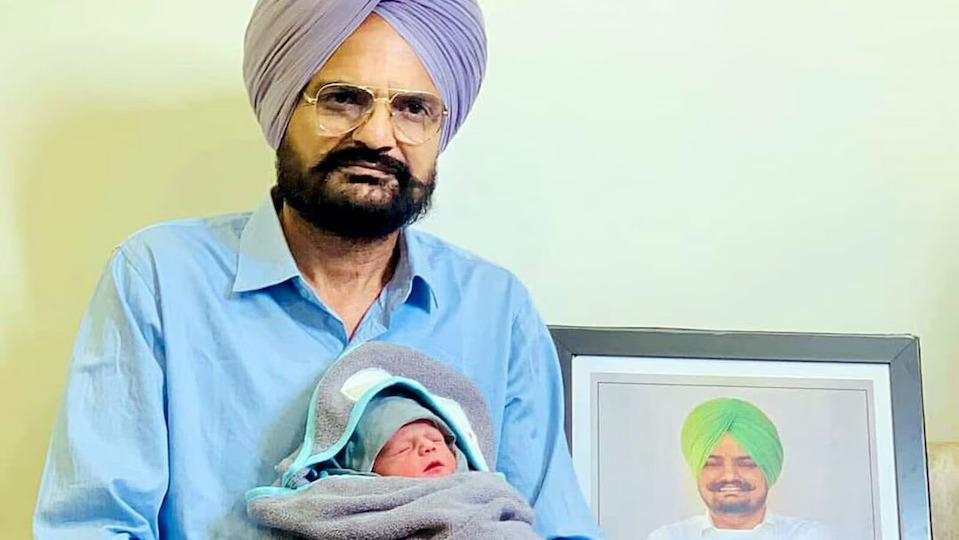Navigating India’s Assisted Reproductive Technology (ART) Act: Laws, Provisions, and Considerations in Light of Sidhu Moosewala’s Parents’ IVF Pregnancy
Related Articles
Christmas पर लखनऊ में होगी सख्त कार्रवाई: बिना लाइसेंस पार्टी करने वालों को नहीं बख्शेगा प्रशासन
लखनऊ में क्रिसमस के त्योहार को लेकर प्रशासन ने पहले ही कड़ा रुख अपना लिया है। बार, होटल और रेस्टोरेंट मालिकों को सख्त निर्देश...
Top CSR Projects in Tamil Nadu
Tamil Nadu is the fourth largest state in India. Known for its distinctive culture, cuisine and art forms, it has contributed significantly to increasing...
CPI(M) to hold rally in Agartala against ‘rising fundamentalism’ in Bangladesh
The Communist Party of India (Marxist) has announced a rally in Agartala on December 26 to protest what it described as the growing influence...



